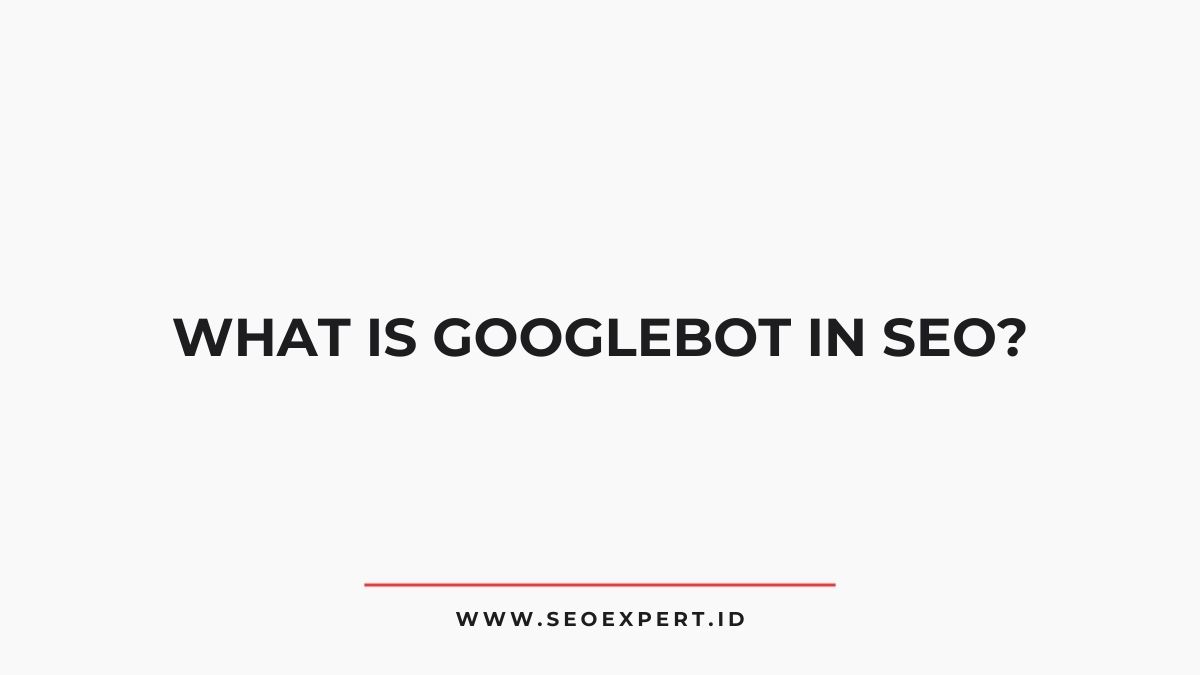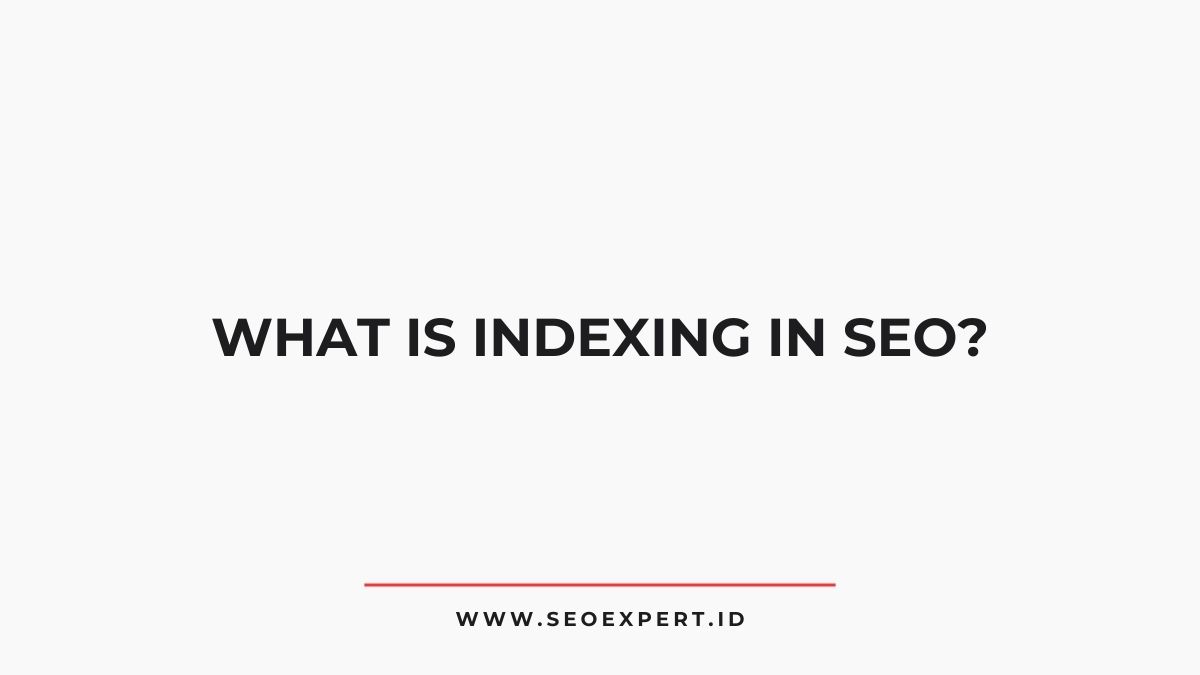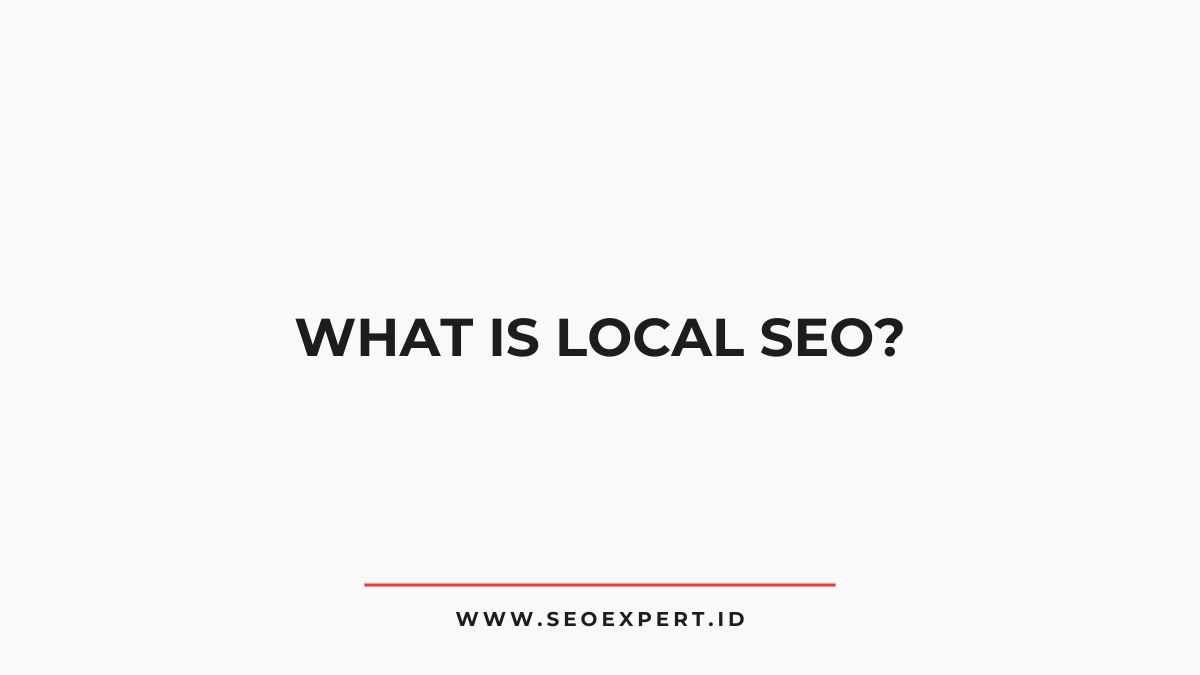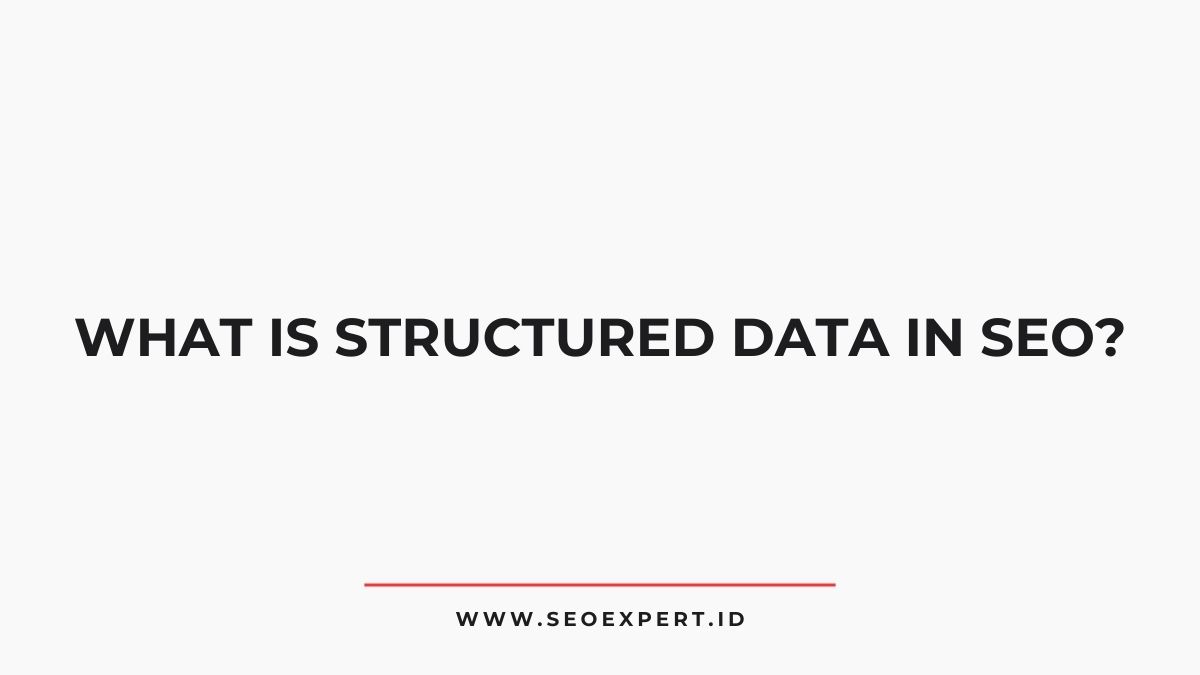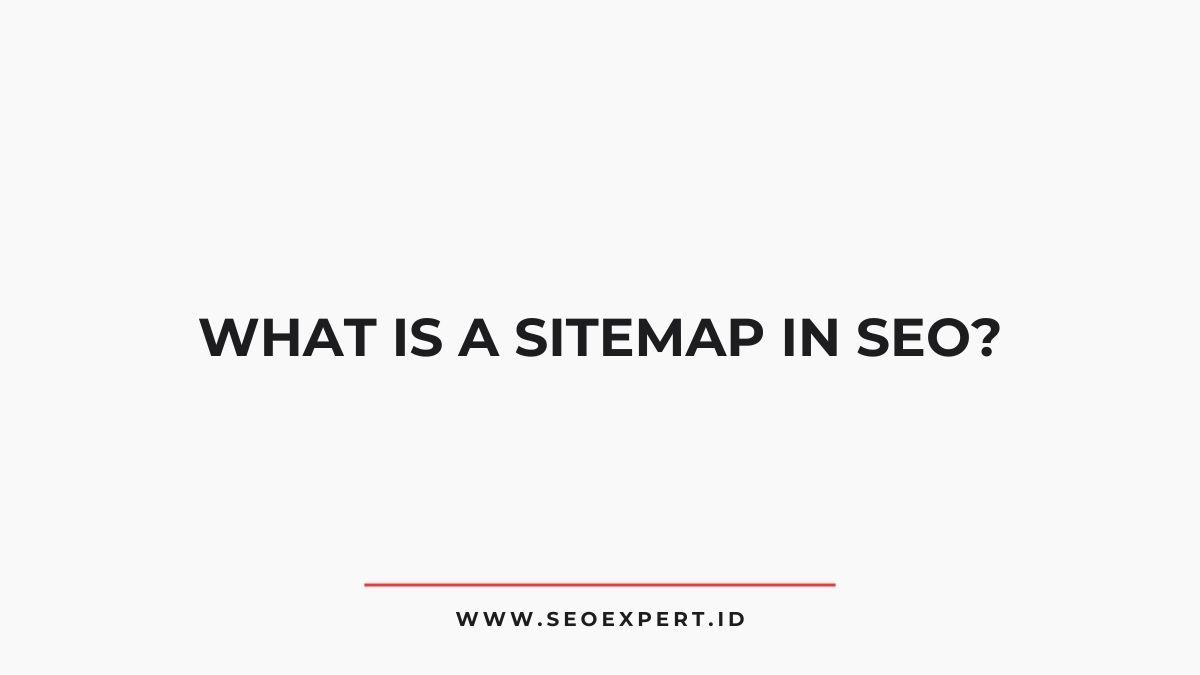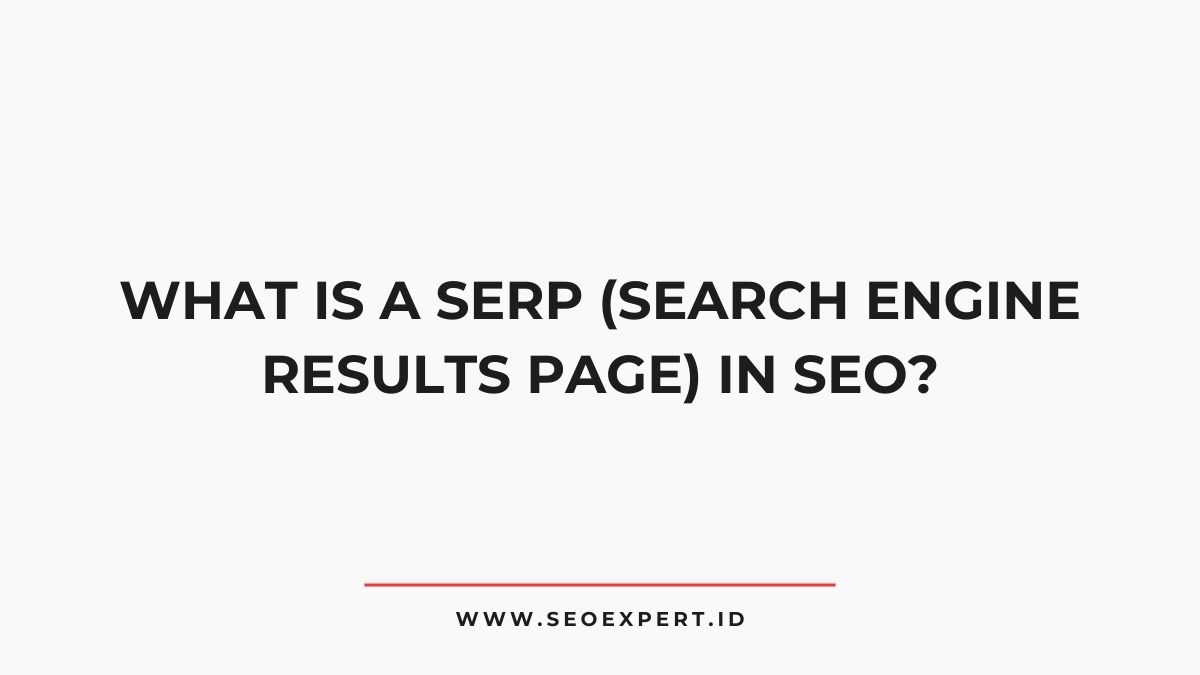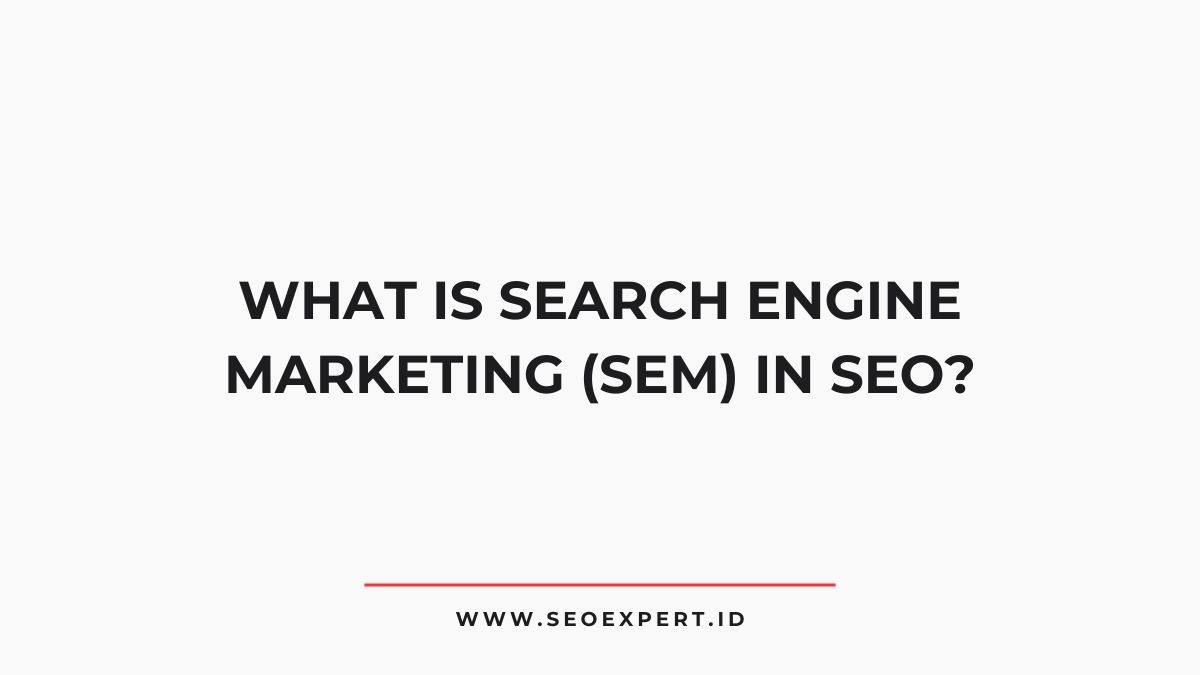Googlebot serves as Google’s main web crawling and indexing agent, fundamental to search engine optimization (SEO).
Udemy
Whether you're just starting out or want to keep up on the latest SEO techniques, Udemy can help be the SEO Expert in no time.
It systematically explores the web to uncover and categorize pages, focusing on site structure, content relevance, and page speed. These assessments considerably impact search engine rankings.
Additionally, Googlebot adheres to directives outlined in Robots.txt, affecting which pages are indexed. Understanding its functionality highlights critical optimization strategies for improving visibility and search performance.
Further exploration reveals additional insights into optimizing for Googlebot.
Highlights
Hide- Googlebot is the web crawling and indexing agent for Google, crucial for SEO performance.
- It systematically discovers and analyzes web pages to improve search engine rankings.
- The bot evaluates site structure, content relevance, and page speed during indexing.
- Googlebot respects site owners' preferences through Robots.txt and meta tags.
- Optimizing your website enhances crawlability, leading to better indexing and user experience.
Understanding Googlebot: An Overview
Googlebot serves as the primary web crawling and indexing agent for Google, playing an important role in the search engine’s functionality.
This automated software systematically navigates the web, discovering new pages and revisiting existing ones to guarantee that the information is current.
Googlebot employs algorithms that prioritize site structure, page speed, and content relevance, which are vital for effective crawling. By adhering to the Robots.txt file, it respects site owners’ preferences regarding content visibility.
The efficiency of Googlebot‘s crawling impacts overall search results, making it essential for website administrators to optimize their pages for better accessibility.
Understanding the mechanisms behind Googlebot’s operations can empower businesses to enhance their online presence while guaranteeing safety and compliance with search engine guidelines.
The Role of Googlebot in Indexing
Googlebot plays a critical role in the indexing process by systematically crawling web pages to gather data.
This crawling initiates the indexing mechanism, which categorizes and stores the information for efficient retrieval during search queries.
Understanding these processes is essential for optimizing a website’s visibility in search engine results.
Crawling Process Explained
A crucial component of search engine optimization (SEO) involves understanding the intricate crawling process that underpins how web pages are indexed.
Googlebot operates by systematically traversing the web, utilizing algorithms to discover and retrieve information from websites. This process begins with URLs, which Googlebot collects from various sources, including sitemaps and backlinks.
As Googlebot visits each page, it evaluates content, metadata, and links to other pages. This evaluation helps determine the relevance and quality of a webpage.
The crawling frequency can vary based on site authority, update frequency, and overall significance.
For website owners, optimizing crawlability guarantees that essential content is accessible, thereby enhancing the likelihood of favorable indexing outcomes and maintaining a secure web presence.
Indexing Mechanism Overview
While web crawling serves as the initial step in the SEO process, the subsequent indexing phase is equally critical for determining how content is represented in search results.
Googlebot’s indexing mechanism involves organizing and storing the content it has crawled, allowing for efficient retrieval when users conduct searches.
During this phase, Googlebot analyzes various elements such as keywords, metadata, and content structure to understand relevance and context.
This analysis informs the creation of an index, a structured database that enhances search algorithm efficiency. Proper indexing guarantees that high-quality, relevant content is prioritized, thereby improving visibility and safety for users.
Ultimately, the effectiveness of the indexing process directly influences search engine rankings and user experience.
How Googlebot Crawls Websites
Crawling is a fundamental process through which search engines gather and index content from the web, and Googlebot executes this task with remarkable efficiency.
Utilizing a sophisticated algorithm, Googlebot navigates through links, parsing HTML and other content types to discover new and updated pages.
It prioritizes crawling based on factors such as site structure, link authority, and frequency of updates, ensuring that the most relevant content is indexed promptly.
Googlebot respects the directives in the robots.txt file and meta tags, allowing website owners to manage their visibility in the index.
This strategic approach not only enhances the accuracy of search results but also promotes a safer browsing environment by adhering to web standards and user privacy considerations.
Factors Influencing Googlebot’s Crawling Behavior
Understanding the factors that influence Googlebot’s crawling behavior is essential for optimizing website visibility. Various elements dictate how and when Googlebot accesses a site, impacting its indexing and ranking potential.
- Site Structure: A well-organized website with a clear hierarchy enhances crawl efficiency.
- Page Load Speed: Faster-loading pages are prioritized, enabling more content to be crawled in less time.
- Robots.txt and Meta Tags: Properly configured directives can guide Googlebot on which pages to crawl or avoid.
Each of these factors plays a significant role in determining how effectively Googlebot interacts with a site.
Best Practices for Optimizing for Googlebot
Optimizing for Googlebot requires a strategic approach that builds upon the insights gained from understanding its crawling behavior.
Prioritizing high-quality content is vital, as Googlebot favors relevant, informative material. Implementing a clear site structure with logical navigation enhances accessibility, allowing Googlebot to efficiently crawl and index pages.
Utilizing XML sitemaps guarantees that all important URLs are discovered, while the robots.txt file effectively manages crawler access. Additionally, optimizing page load speed is essential, as it directly impacts user experience and crawling efficiency.
Responsive design is another key element, making certain that Googlebot can index content across various devices.
Finally, regular updates to content signal freshness, encouraging more frequent revisits from Googlebot, thereby optimizing overall site visibility.
Monitoring and Analyzing Googlebot’s Activity
Monitoring Googlebot’s activity is essential for optimizing website performance and search engine visibility.
By understanding crawl frequency and analyzing log files, SEO professionals can identify patterns in bot behavior, which can inform strategic adjustments to site architecture and content.
This data-driven approach enables the fine-tuning of resources to enhance the overall efficiency of search engine indexing.
Understanding Crawl Frequency
Crawl frequency is a critical aspect of SEO that reflects how often Googlebot visits a website to index its content. Understanding this frequency can greatly impact a site’s visibility and performance in search results.
Various factors influence crawl frequency, and monitoring these elements can lead to more strategic optimization.
- Site Structure: A well-organized site encourages more frequent crawls.
- Content Updates: Regularly updated content signals to Googlebot that the site is active.
- Server Response Time: Faster server responses can lead to increased crawl rates.
Analyzing Log Files
Log file analysis serves as an essential tool for understanding Googlebot’s activity on a website. By examining server log files, webmasters can identify patterns in crawl behavior, including the frequency and depth of Googlebot’s visits.
This analysis provides insights into which pages are being prioritized, revealing potential issues such as crawl errors or unoptimized resources.
In addition, understanding the timing of these crawls can inform strategies for optimizing site performance and content updates.
Wrapping Up
To conclude, Googlebot plays a pivotal role in the SEO landscape by systematically crawling and indexing web content.
Understanding its behavior allows webmasters to optimize their sites effectively.
For instance, a hypothetical e-commerce site that improved its load speed and structured data saw a 40% increase in organic traffic within three months, demonstrating the tangible benefits of aligning with Googlebot’s crawling preferences.
Consequently, strategic optimization can greatly enhance visibility and performance in search engine results.
